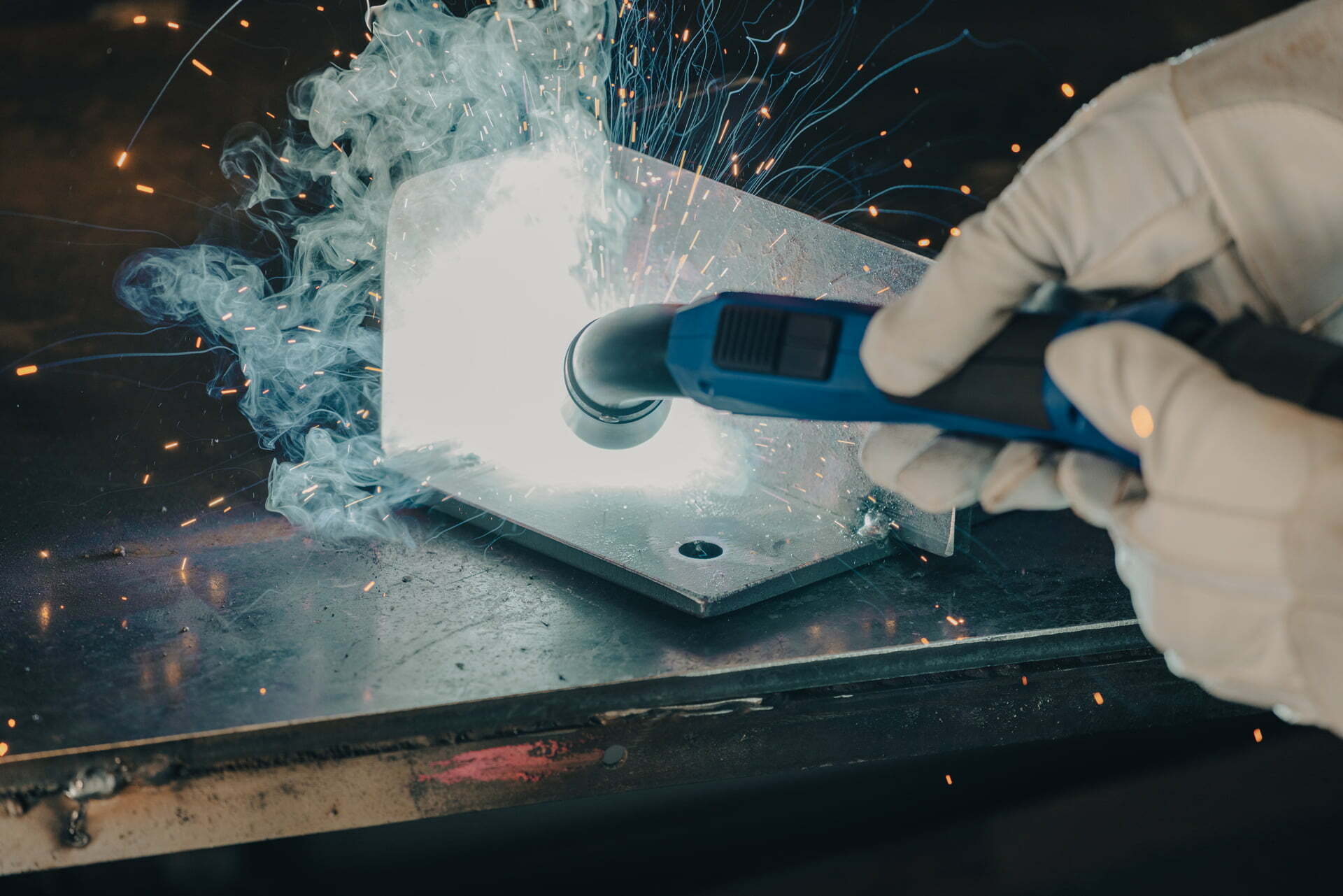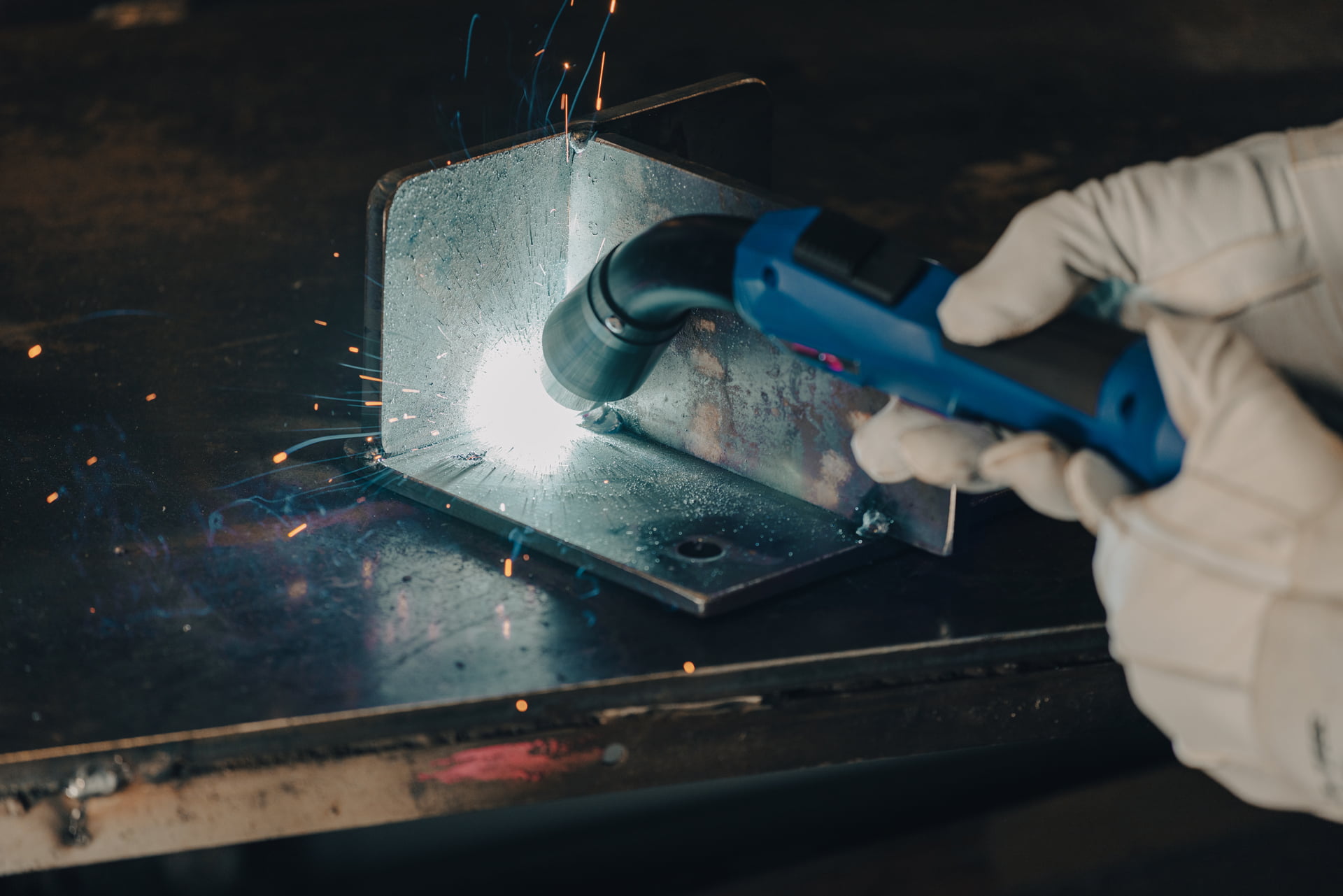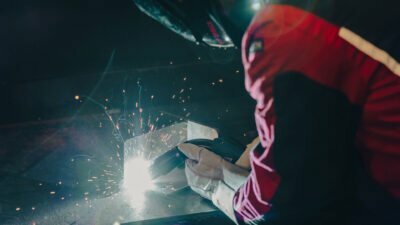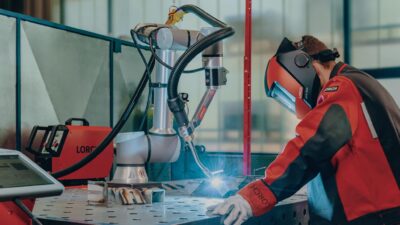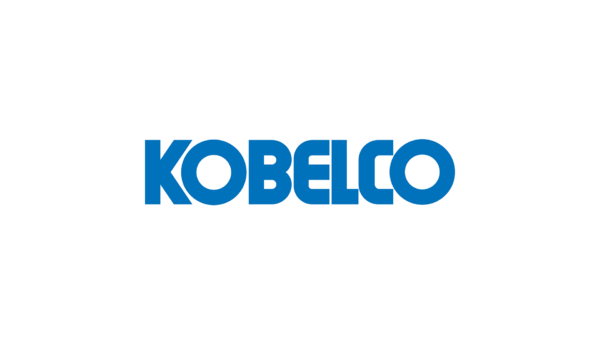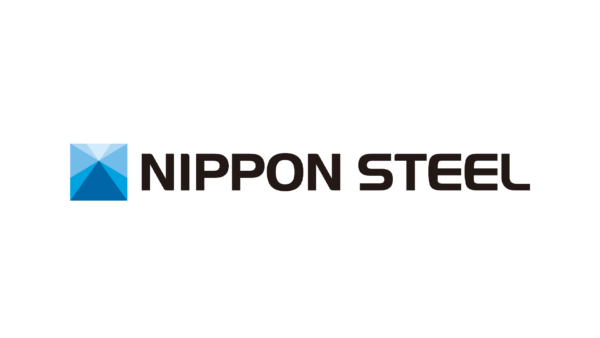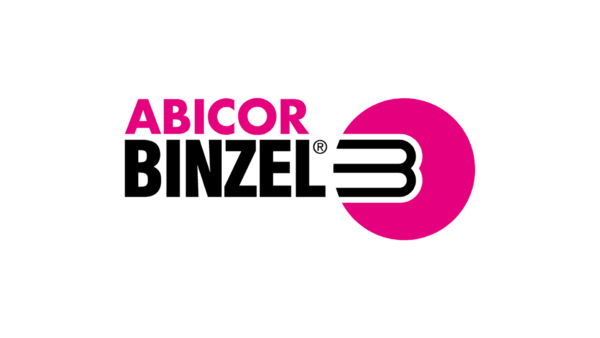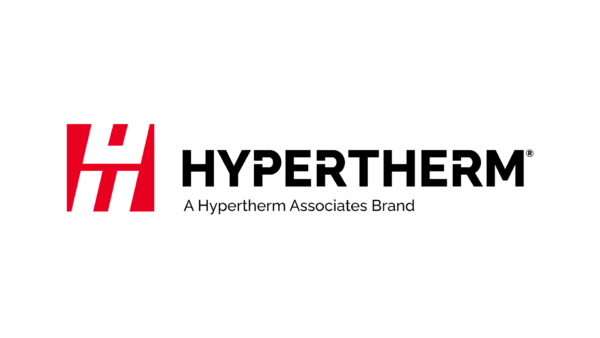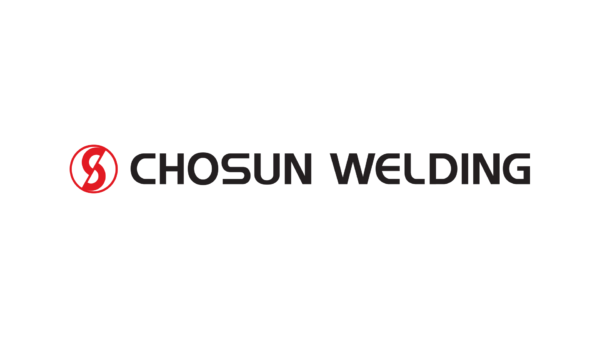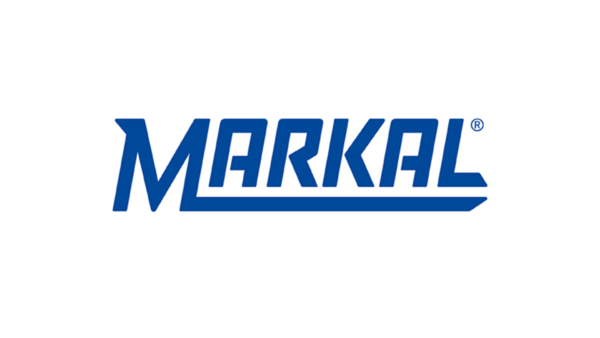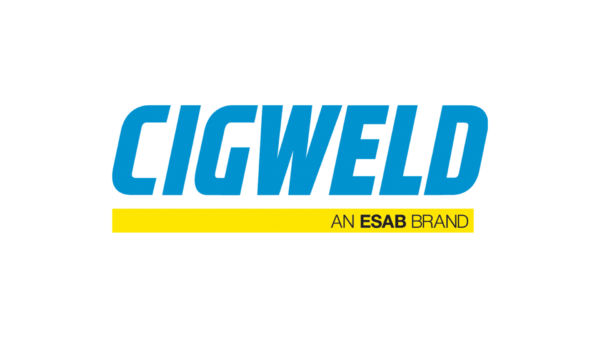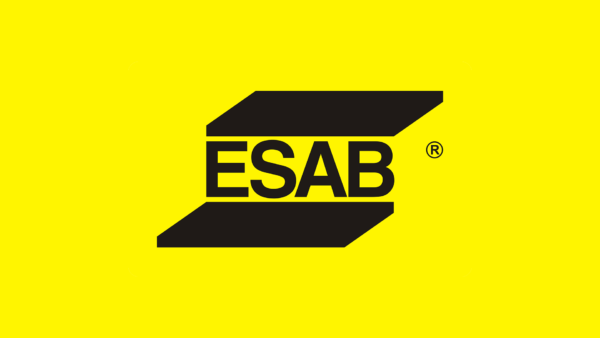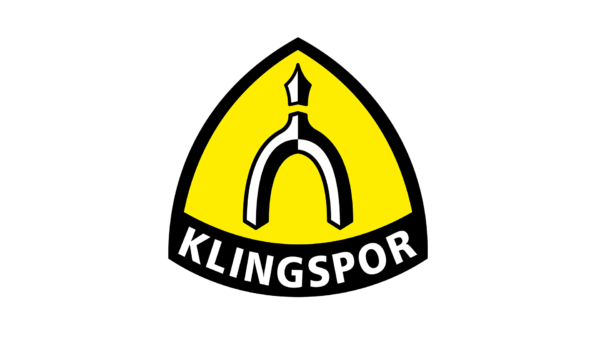A recent item in HERA’s monthly newsletter has caught our attention, about Safe Work Australia recent reduction in what it deems to be acceptable workplace welding fumes.
Read to the end to discover our FREE welding fume extraction assessment and action plan, plus the other ways we can support your team.
Safe Work Australia slashes acceptable workplace welding fume limit by 80%
The HERA article highlighted Safe Work Australia’s reduction in its workplace exposure standard for welding fumes. The new standard states that workers’ exposure to airborne contaminants from welding fumes must be less than 1 mg/m3 as an 8-hour time weighted average (TWA). Down from the previous level of 5 mg/m3, this represents an 80% reduction in what SWA considers a “safe” level of welding fume in the workplace, bringing Australia into line with much of Europe.
Health Risks of Welding Fumes
Studies have shown that welding fumes pose significant harm to your health, including a 43% higher risk of developing lung cancer in those exposed to the toxic gasses and particles produced by welding compared to people never exposed. With this new standard, Safe Work Australia – the regulatory agency that develops policy to improve work health and safety across Australia – has clearly acknowledged the health risks associated with metal fabrication.
The new SWA workplace exposure standard for welding fumes in Australia was announced in January 2024. By slashing the acceptable workplace welding fume limit by 80%, SWA has made a strong stand in support of worker’s safety.
Here in New Zealand, Worksafe has stated that there is no known safe level of exposure to welding fume. Worksafe is steadily introducing more guidelines and resources aimed at increasing awareness of the issue and compliance with their requirements for worker protection within local industry. At the business level, while New Zealand industry regulations may not have caught up with international trends just yet, it’s only a matter of time before we follow suit.
In the meantime, we strongly recommend taking a proactive approach to combat the risks associated with welding fumes.
What can you do to protect yourself and your workforce?
Let’s put aside the technical numbers and air quality analysis for a moment. What really matters is what can be done to mitigate the impact of welding fumes for everyone in our working environment. Per HERA’s news article, there are three key ways to lower your exposure to dangerous toxins produced by welding:
- Employ at-source fume control
- Use PAPR helmets (welding helmets fitted with air purifying respirators)
- Maintain good overall workshop ventilation
The single best method for reducing welding fumes in the workplace
Modern on-torch fume extraction systems offer your best defence against welding fumes. There is no single better method for reducing the risk of welding fumes for all of your workforce and workplace visitors. On-torch fume extraction works while the welder welds, eliminating as much as 97% of fumes at the source of the trouble, removing the fumes from the workplace air.
The ABICOR BINZEL xFUME PRO Fume Extraction Torch is streamlined to suit any application where a regular MIG welding torch is used. Check out the before-and-after image slider below to see this welding fume extraction torch in action.
Couple this with a quality PAPR welding helmet to protect the welder against any immediate fume escaping collection and robust workshop ventilation practices, and you can further optimise your workplace protection against welding fumes.
Check out our deep-dive into these various welding fume extraction systems.
